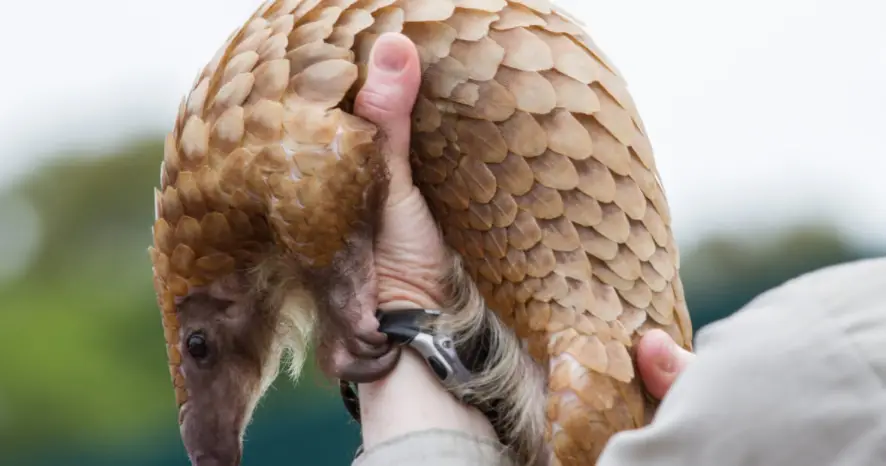Do you know what zoonoses are? It is a disease that is dangerous to animals and humans, because it is transmitted from human to animal and from animal to human. Zoonoses are most commonly transmitted between animals, but can also be transmitted to humans in a variety of ways. Most often it is through scratching, biting, through the feces of the animal or its secretion, through food. Causes can be viruses, bacteria, parasites, fungi, etc.
What are vectors? Vectors are hematophagous insects that are carriers of infectious diseases (viruses, bacteria). Vectors can be: ticks, mosquitoes, lice, fleas, flies and others. A vector can be the trigger of infectious diseases and many different vectors can cause the same infectious disease.
How can zoonoses be transmitted? There are many ways to transmit zoonoses, some of them through direct contact with an animal by touching or caressing, by consuming certain foods that we get from animals such as milk, meat, eggs, etc.
More common zoonoses
Tularemia. The cause of the disease is the bacterium Francisella tularensis. The source of infection are rats, rabbits, hamsters, squirrels, but also other wild and domestic animals. The path of infection is realized in direct contact with animals, any direct contact during the processing of meat, and indirectly through objects contaminated with feces and urine from rodents, contaminated food and water from infected animals, inhalation of contaminated hay dust and straw. Transmission is transmitted by tick bites, and less frequently from another insect. Symptoms, on average, appear within 3 to 7 days. The disease begins abruptly with the appearance of exhaustion, fever, high fever, headache, full body pain, red face, conjunctivitis, red throat. These symptoms occur in all forms of the disease. The remaining symptoms depend on the form of disease.
Trichinosis is a parasitic disease. It is a disease that occurs when ingesting undercooked pork. Pigs can be infected through inadequate nutrition, as well as through contact with dead mice and other carcasses. Clinically, the disease in humans is manifested by fever, chills, severe muscle pain, etc. The best way to prevent this disease is to avoid consuming meat from unverified sources, as well as good heat treatment of meat.
How can we protect ourselves from possible disease through food?
Do not consume raw, thermally unprocessed foods of animal origin (meat and meat products, milk and dairy products, eggs).
Fresh food should be stored in refrigerators to prevent the growth of bacteria and the secretion of toxins.
The heat treatment of the food should be long enough and at a high enough temperature to destroy the bacteria and their toxins.
Fresh vegetables, fruits and salads should be thoroughly washed under running water – before eating, chopping or cooking, and even when peeled.
Thorough hand washing before and after eating.
Safe storage of food and its protection from insects and rodents.
For the safety of products of animal origin, it is necessary to intensify and regulate veterinary control of animals, control of slaughterhouses during slaughter and processing of meat and control of meat and its processing in industry and the market.

